The first fatal case of Alaskapox, a rare viral disease, has resulted in the death of an elderly man living in Alaska. While Alaskapox is still considered a newly identified disease, health officials have been aware of it for almost a decade.
The viral disease is incredibly rare, and only a handful of people have ever been infected with it. All patients of Alaskapox lived in Alaska when they contracted it. Thus far, nobody outside of the state has ever become infected with this new virus.
Elderly Man Dies from Alaskapox

According to Alaska public health officials, an elderly man living in the Kenai Peninsula died in January from Alaskapox (AKPV). His death came after he was hospitalized once doctors realized he had been infected with the virus.
The Kenai Peninsula lies about 70 miles south of Anchorage and has a population of 59,000. Past cases of AKPV were discovered in Fairbanks. As a result, this patient’s diagnosis marks the first time a human has been infected with AKPV outside of Fairbanks.
Alaskapox’s Spread
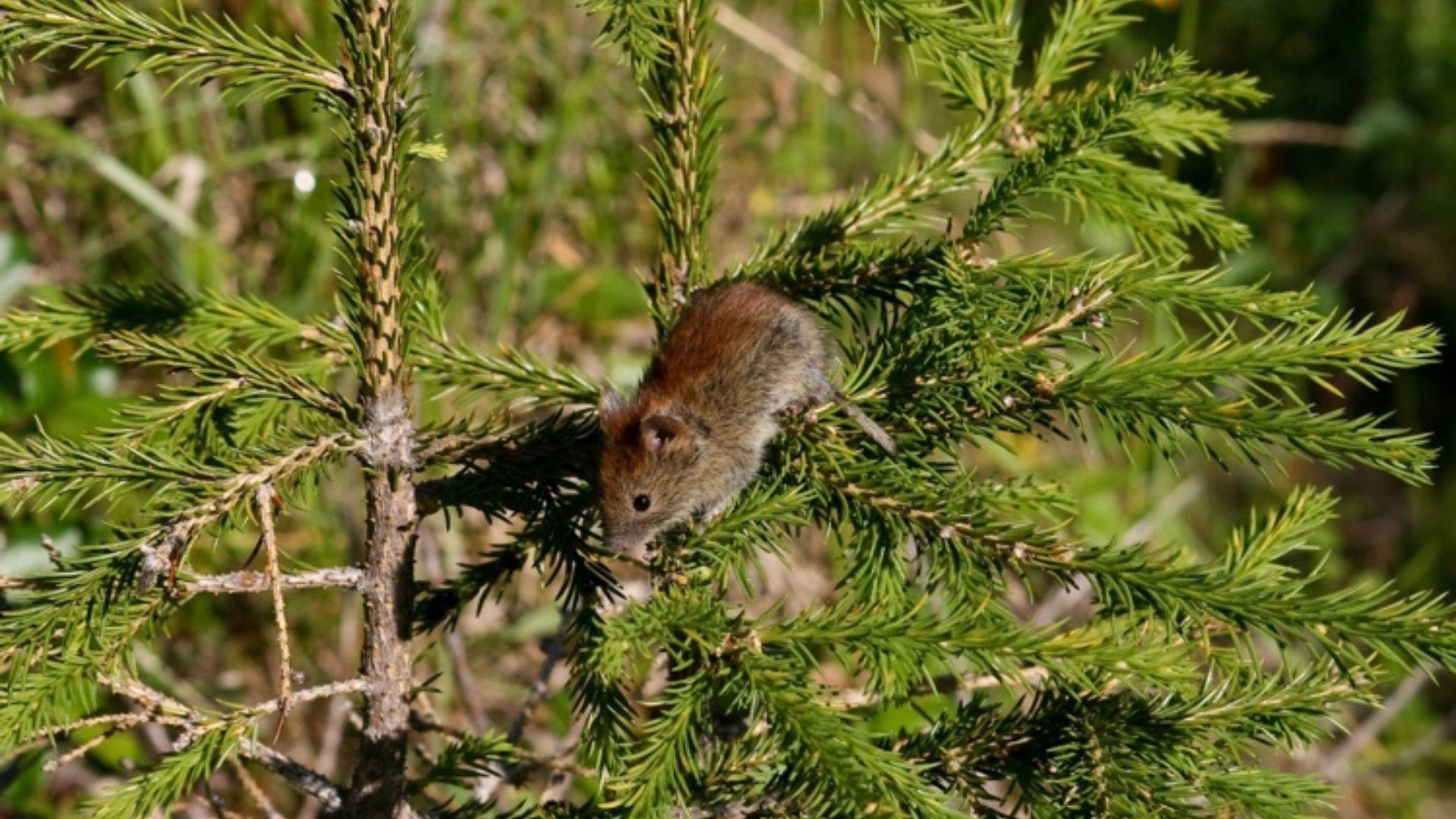
Health officials are continuing to learn more about this newly identified virus. According to the National Institutes of Health, AKPV is mostly carried by red-backed voles and other small mammals.
Though many small mammals, and even cats, can carry the virus, it is most commonly found in red-backed voles in Alaska. These animals look like hamsters. They have short tails and short, fuzzy fur. They live in certain areas of the state and eat grass.
Alaskapox and Monkeypox
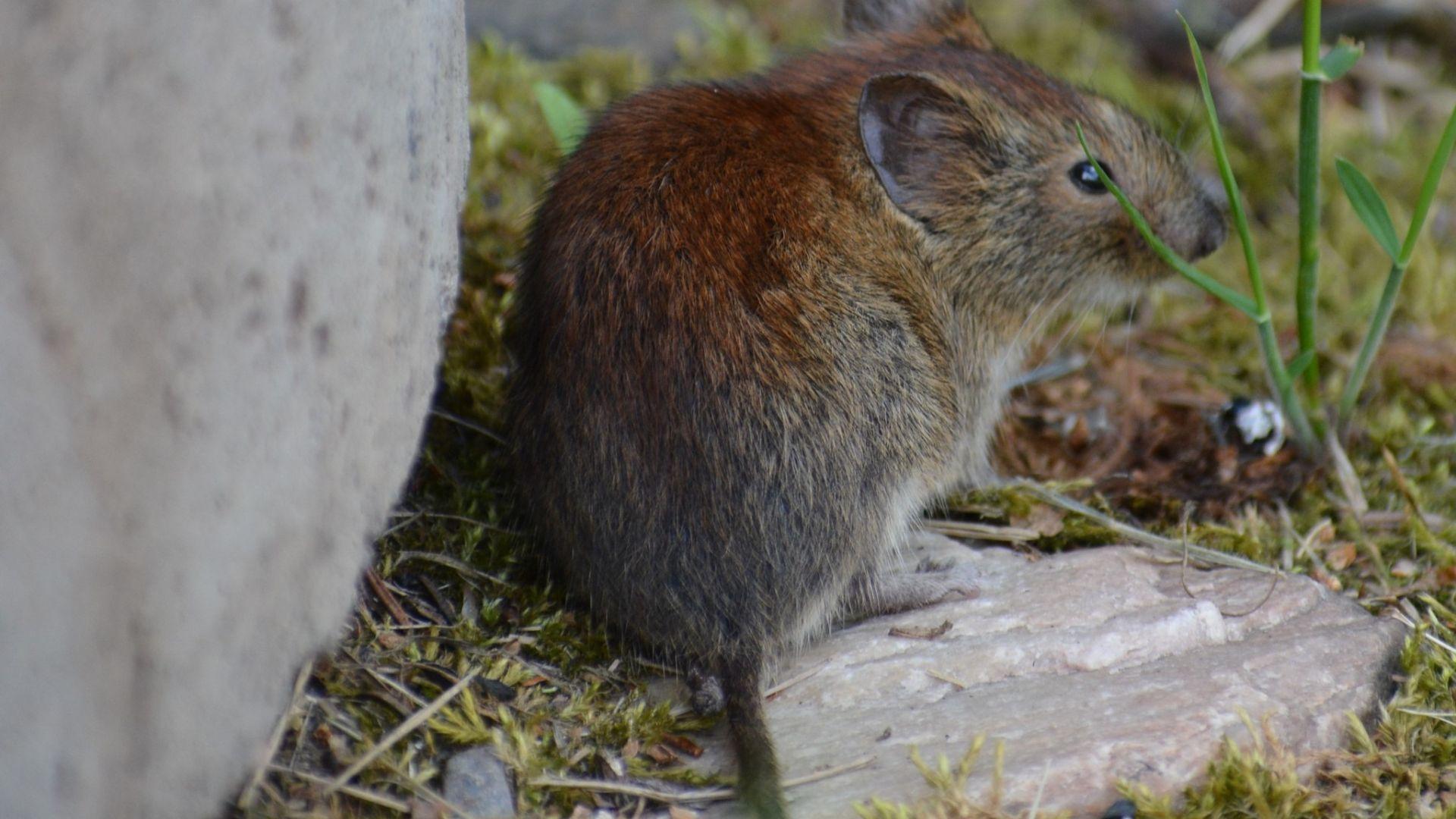
Health officials state that AKPV is similar to monkeypox, as it’s an animal-to-human infectious disease. As a result, Alaskapox is often thought to spread from small animals like red-backed voles to humans in some way.
As arctic temperatures continue to rise, the Centers for Disease Control (CDC) has warned that warming temperatures could lead to an increase of virus-carrying voles in Alaska.
The Patient’s History with Animals
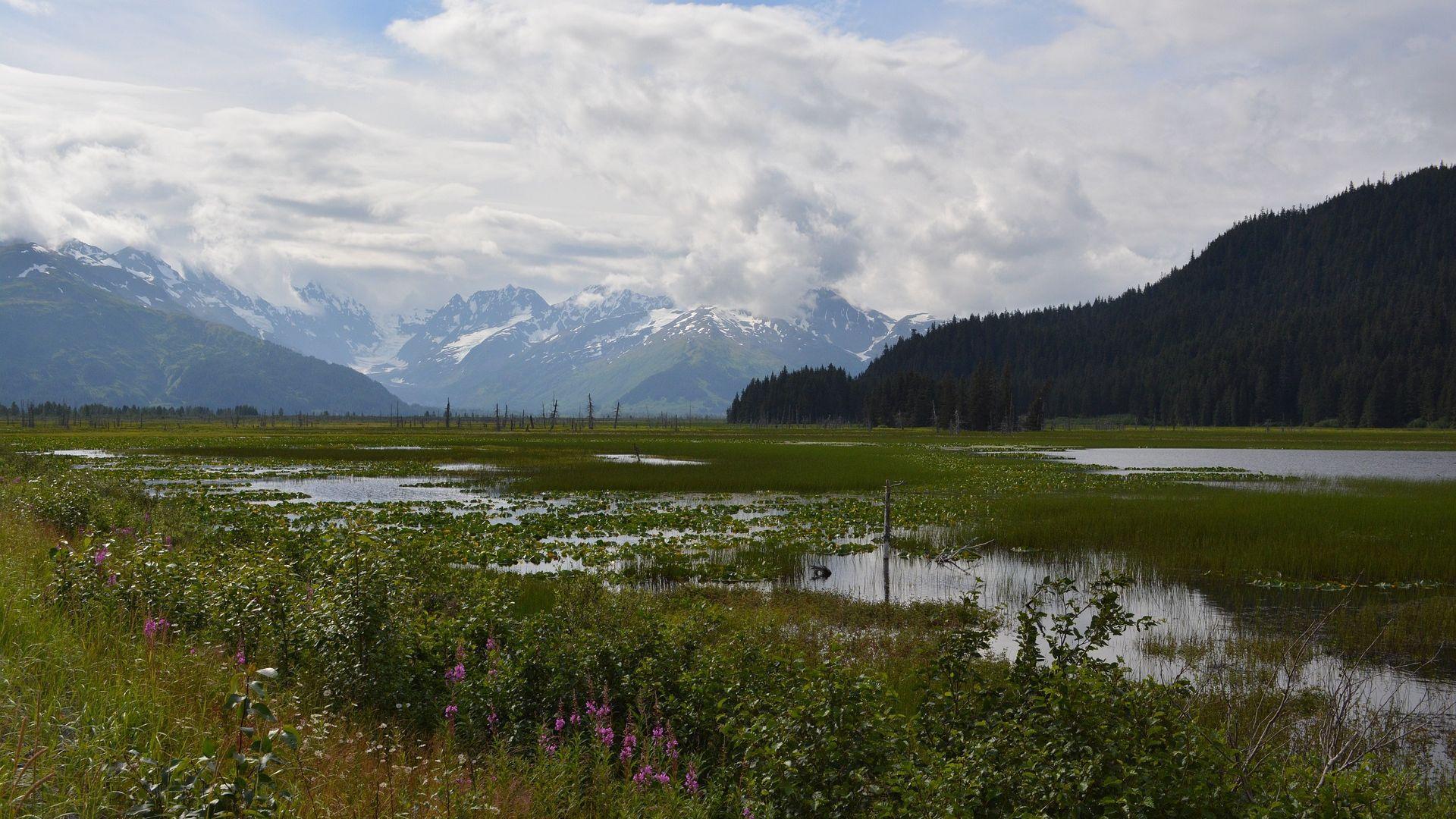
Upon learning that an Alaskan man had become infected with the AKPV virus, doctors quickly worked to learn how this may have happened. The elderly man lived alone, though he did care for a stray cat.
This man also reportedly hunted small mammals often. These mammals sometimes scratched him. Allegedly, he had suffered a noticeable scratch about one month before he began to develop symptoms of AKPV. This scratch could have been from a small animal or from a cat.
The Patient’s AKPV Symptoms

This Alaskan reportedly began to realize that something was amiss when he began experiencing odd symptoms in September 2023. His first symptom was a lesion around his armpit area.
This then led to the man receiving emergency care during hospital visits for about six weeks. Eventually, he was hospitalized and transferred to a hospital in Anchorage. Once in Anchorage, doctors were able to declare that he was infected with AKPV.
Patient’s Death from Alaskapox
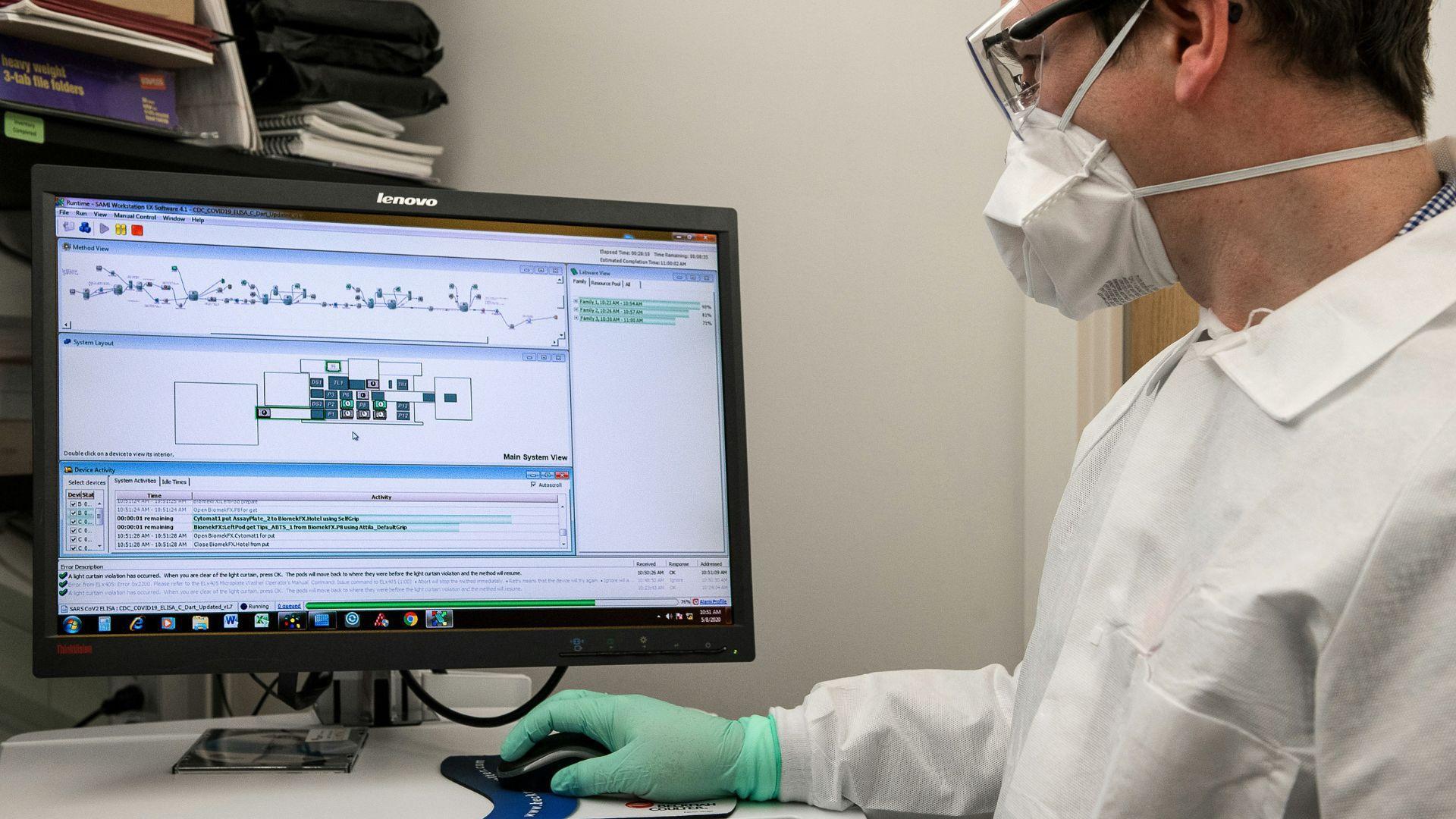
Once doctors were able to identify that he had AKPV, they got to work on treating the patient. However, the man’s immune system was compromised from his cancer treatment.
Though doctors worked on his treatment, the infection had greatly harmed his immune system and overall health. As a result, he suffered from malnutrition and renal and respiratory failure. He eventually passed from these complications.
History of AKPV
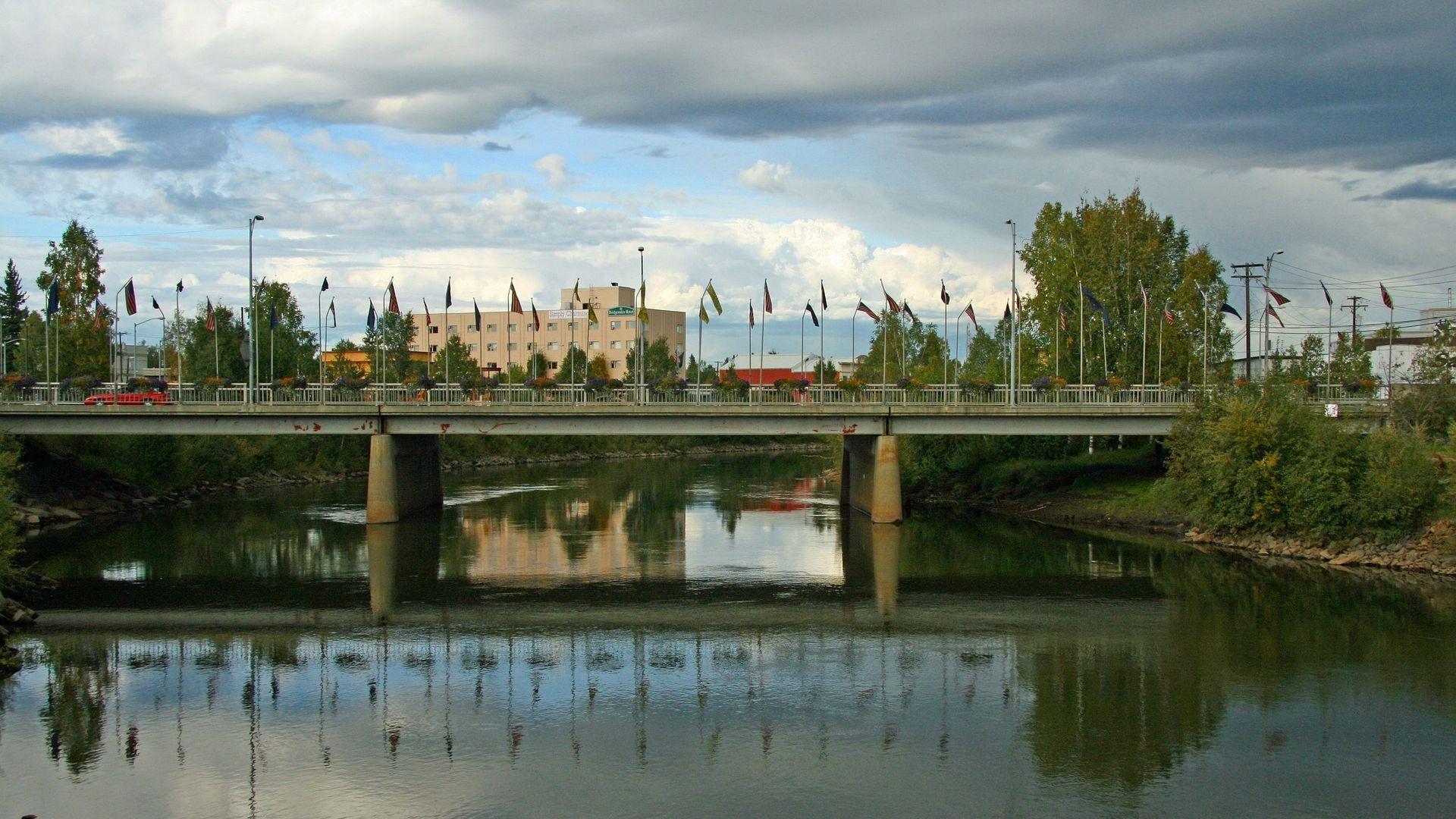
Health officials first discovered — and identified — Alaskapox in humans near Fairbanks in 2015. The next case of AKPV didn’t appear until 2020. In 2021, two more human cases emerged. In 2022 and 2023, one person became infected with the virus in each year.
Therefore, this latest case marks only the seventh human AKPV case. It also marks the first case of the virus being found outside of the Fairbanks area. As a result, many officials believe this means that AKPV has spread in the wildlife population throughout this area of Alaska.
Alaskapox in the Community

Though this latest case ended in death, health officials are not quite sounding the alarm about the potential spread of Alaskapox. The viral infection remains incredibly rare. Thus far, no one outside of Alaska — or anywhere else in the world — has become infected with AKPV.
However, health officials do consider AKPV to be unusual, as it’s so rare. Often, it only causes mild illnesses in humans, though it can clearly become deadly if not properly treated.
Rare Cases of Pet Infections

Though experts believe that most past AKPV human infections have come from contact with small animals such as red-backed voles, one case does involve a domestic pet.
In one previous AKPV case, an infected human also had a domestic pet that had the virus. This could mean the patient got the virus from their beloved pet, though health officials have not confirmed whether this was the case or not. This most recent case also involved a stray cat.
Regular Alaskapox Symptoms

AKPV symptoms seem to be the same in all humans who become infected. Common symptoms include skin lesions that may look like bug bites, possible rashes, a mild fever, swollen lymph nodes, joint pain, and sore muscles.
Though Alaskapox can often only result in mild sickness, doctors say it’s important to seek professional help if you think you’re infected. Proper treatment is vital in fighting this virus.
How to Avoid AKPV
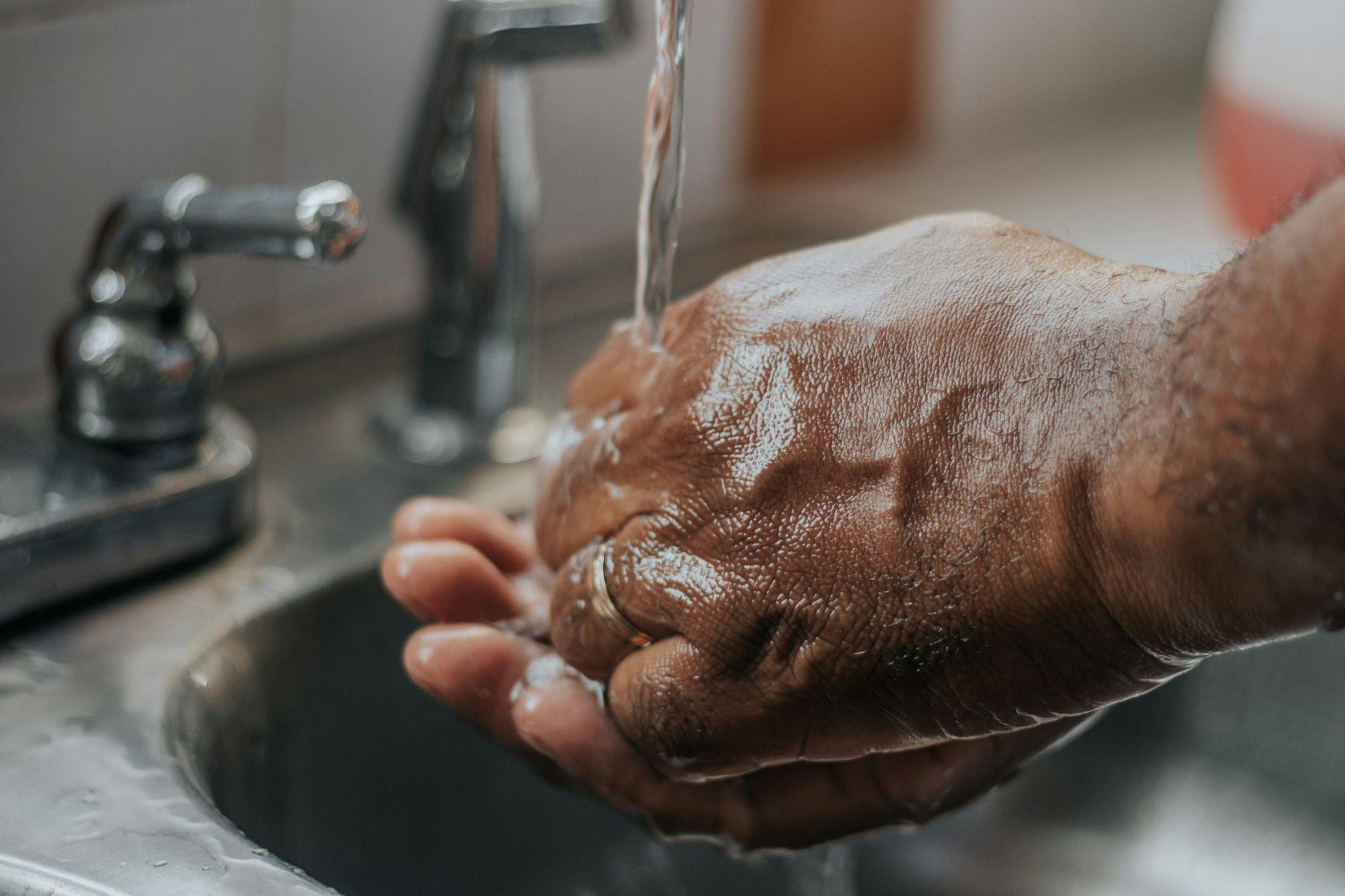
Though contracting Alaskapox remains highly unlikely, health experts do have tips and recommendations on how to avoid becoming infected with his unusual virus.
According to health officials, you should avoid contact with wild animals whenever possible. If you’re a hunter, you should wear gloves whenever you handle dead animals. After coming into contact with wild animals, you should also always wash your hands profusely with soap and water.








































